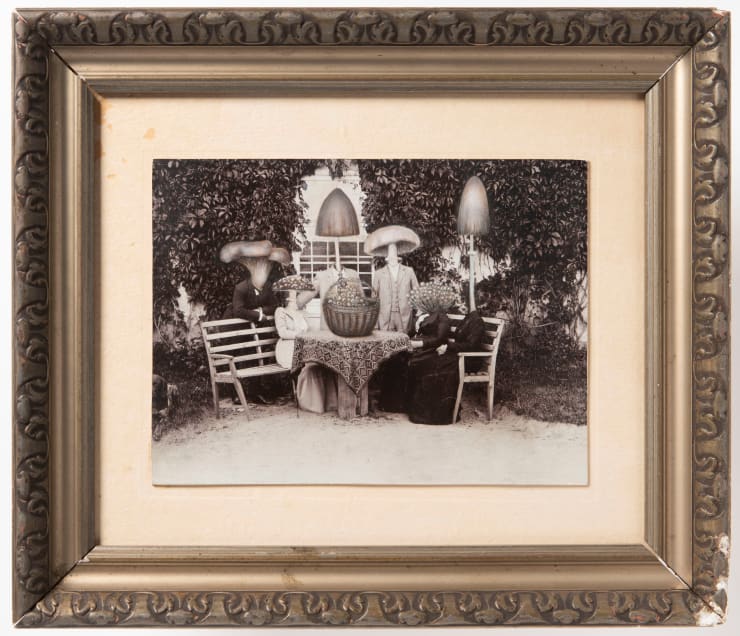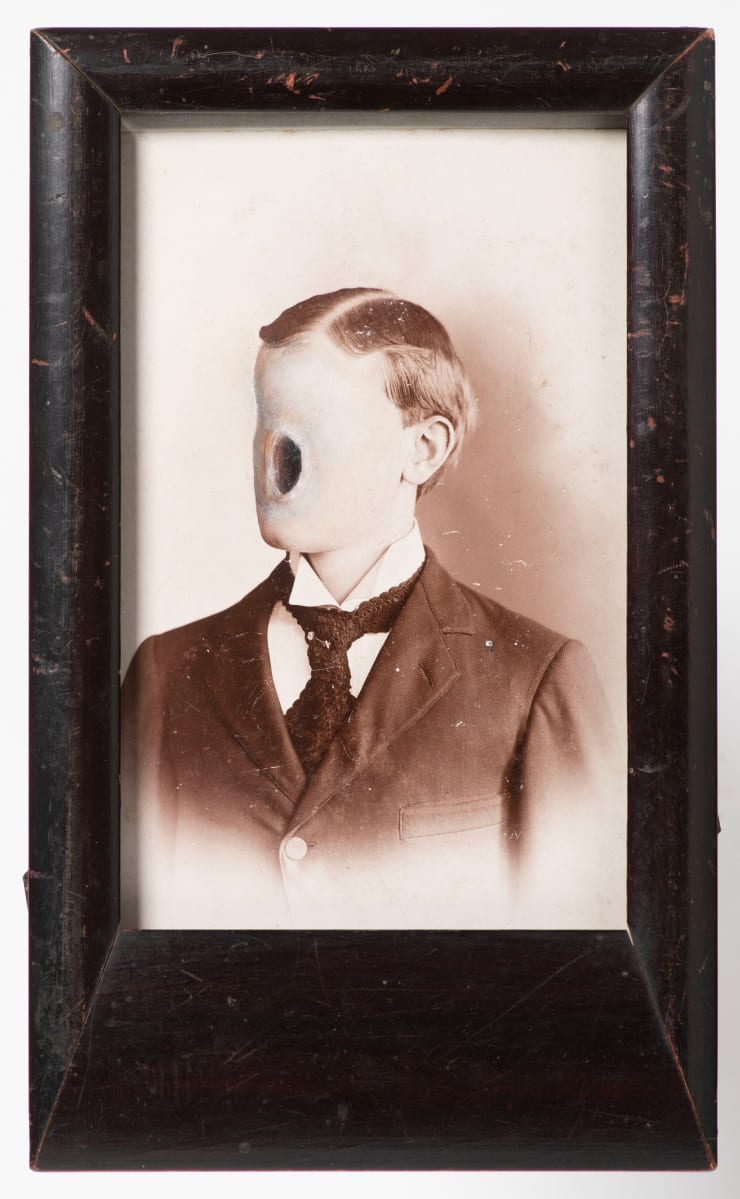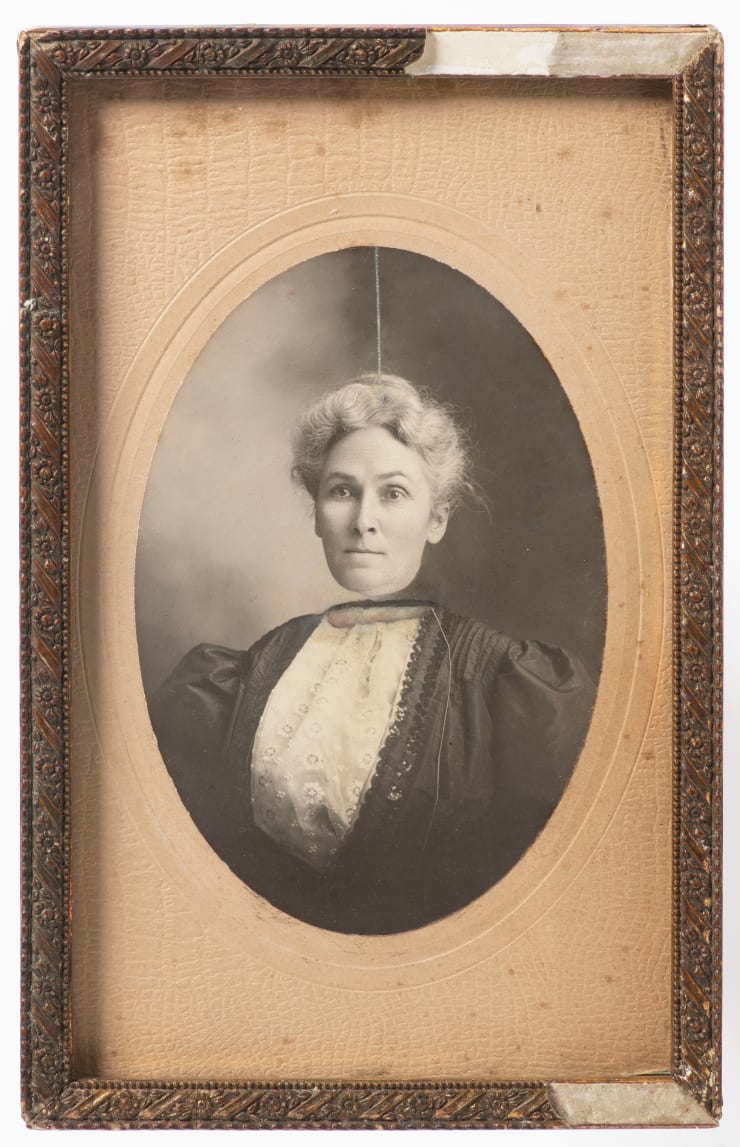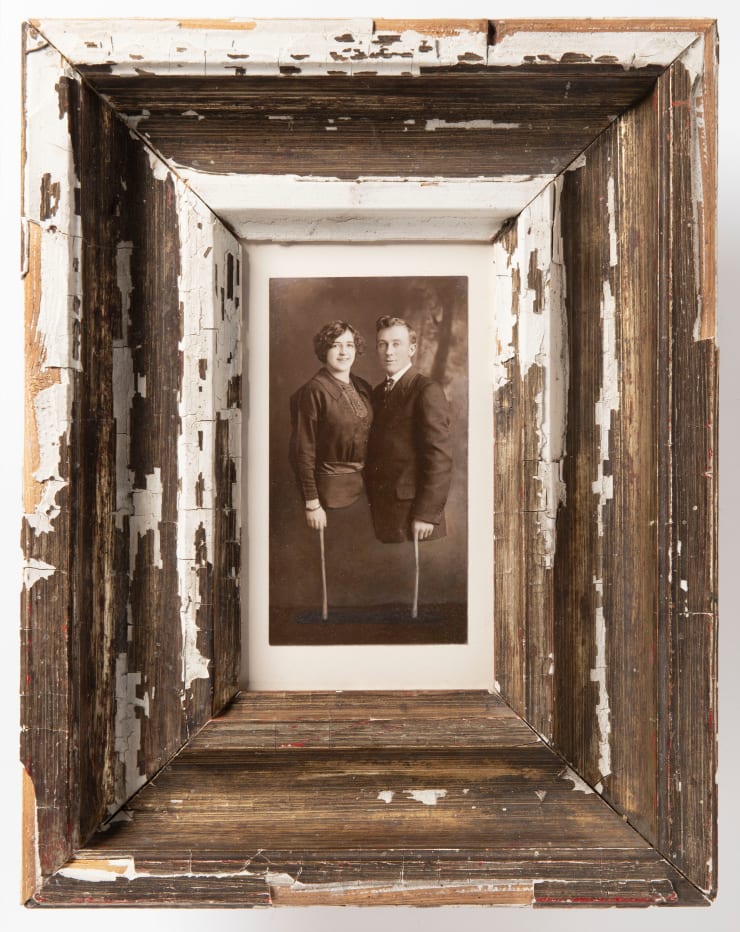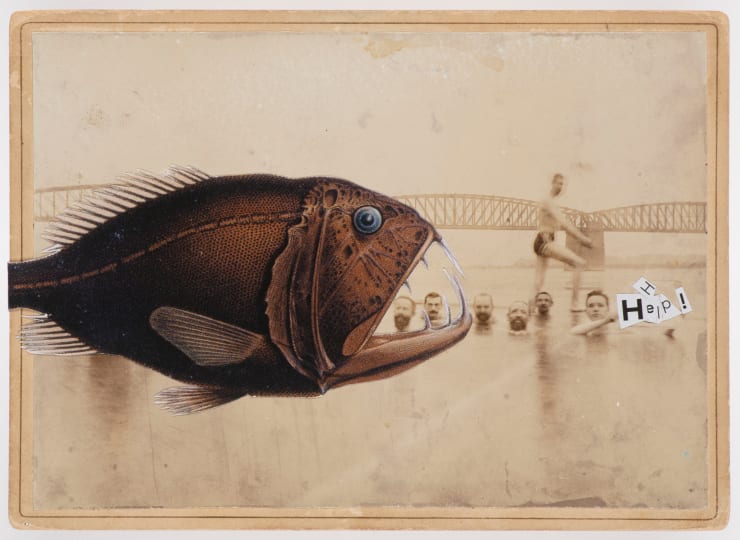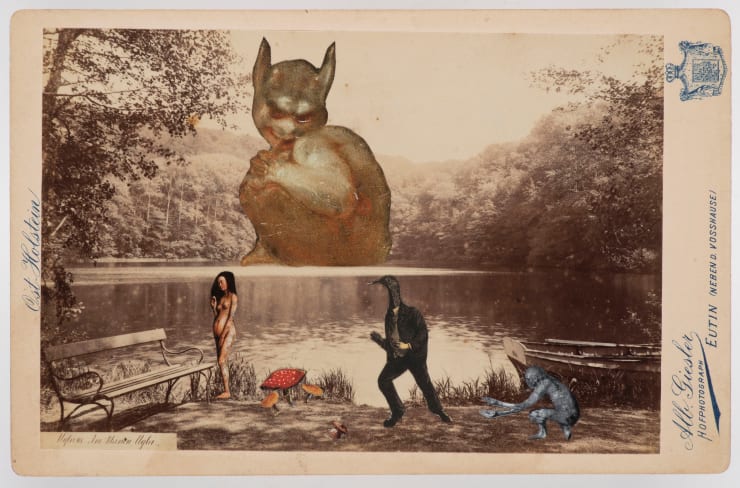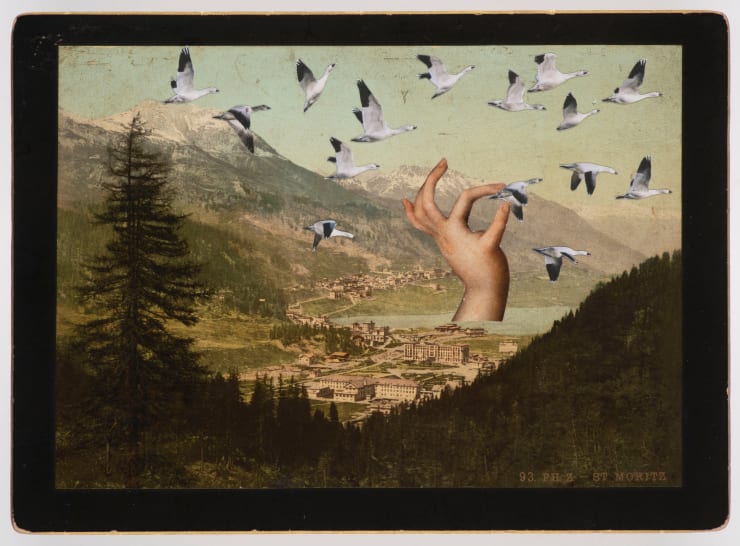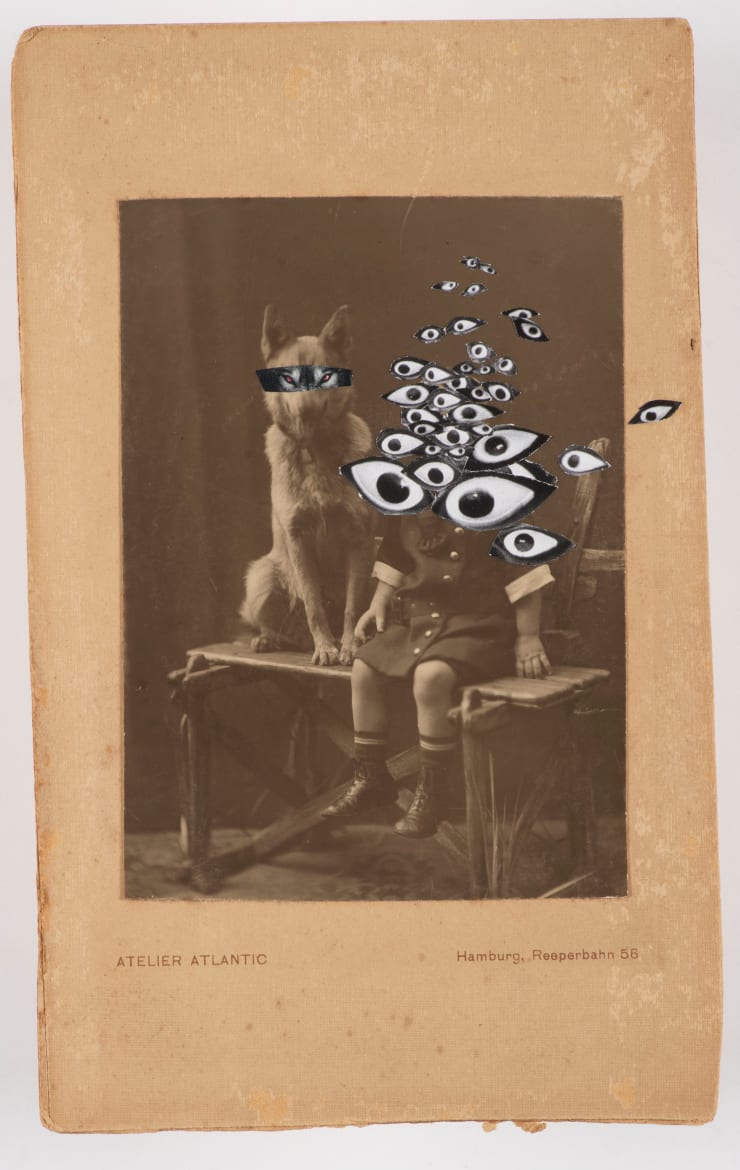-

Both artists, whom Bold Gallery is presenting for the first time in its pre-Christmas online exhibition, belong to the genus of the "unclassifiable". They have no formal art education, ignore fashion waves and let themselves be guided only by their own imagination, which seems to swell and grow with each new work. Their imagination is both intoxicating and tormenting: the more they satisfy it, the more they hunger for another dose, seducing their nurturers and filling their heads with insistent ideas that can be, or rather absolutely must be, realised. It spins an endless web of stories in which banal reality is wrapped in layers of dreams defying logic, mischievous sniggers, humorous puns and absurd sketches.
-

-
-
 Jana Palečková, Invaze, 2022
Jana Palečková, Invaze, 2022 -
 Jana Palečková, Plete se mu jazyk, 2022
Jana Palečková, Plete se mu jazyk, 2022 -
 Jana Palečková, Pán much, 2022
Jana Palečková, Pán much, 2022 -
 Jana Palečková, Šťastné dítě, 2022
Jana Palečková, Šťastné dítě, 2022 -
 Jana Palečková, Rozsvítilo se mu, 2022
Jana Palečková, Rozsvítilo se mu, 2022 -
 Jana Palečková, Objev, 2022
Jana Palečková, Objev, 2022 -
 Jana Palečková, Mlha přede mnou, mlha za mnou, 2022
Jana Palečková, Mlha přede mnou, mlha za mnou, 2022 -
 Jana Palečková, Místo nosu díra, 2022
Jana Palečková, Místo nosu díra, 2022 -
 Jana Palečková, Méďa, 2022
Jana Palečková, Méďa, 2022 -
 Jana Palečková, Ústa v rukavicích
Jana Palečková, Ústa v rukavicích -
 Jana Palečková, Hlava v oblacích, 2022
Jana Palečková, Hlava v oblacích, 2022 -
 Jana Palečková, Dru(a)há polovička, 2022
Jana Palečková, Dru(a)há polovička, 2022
-
-

-
-
 Erika Bader, Help, 2012-2013
Erika Bader, Help, 2012-2013 -
 Erika Bader, Dáma s červenou květinou / Lady with red flower, 2011-2012
Erika Bader, Dáma s červenou květinou / Lady with red flower, 2011-2012 -
 Erika Bader, Chlapec se školním kornoutem / A boy with school cone, 2021
Erika Bader, Chlapec se školním kornoutem / A boy with school cone, 2021 -
 Erika Bader, Hlava / Head, 2015
Erika Bader, Hlava / Head, 2015 -
 Erika Bader, Lepší výhled / Better view, 2012-2013
Erika Bader, Lepší výhled / Better view, 2012-2013 -
 Erika Bader, Návštěva / Visit, 2012-2013
Erika Bader, Návštěva / Visit, 2012-2013 -
 Erika Bader, Untitled, 2021
Erika Bader, Untitled, 2021 -
 Erika Bader, Untitled, 2021
Erika Bader, Untitled, 2021 -
 Erika Bader, Untitled, 2012-2013
Erika Bader, Untitled, 2012-2013 -
 Erika Bader, Untitled, 2021
Erika Bader, Untitled, 2021 -
 Erika Bader, Untitled, 2012-2013
Erika Bader, Untitled, 2012-2013 -
 Erika Bader, Untitled, 2020-2021
Erika Bader, Untitled, 2020-2021
-
-
The works of Erika Bader and Jana Palečková open the door to the realm behind the mirror, where we can free ourselves from the reins of rationalization, taste previously unknown pleasures and make new, not entirely safe acquaintances. For, as the American poet Robert Penn Waren said, "all times are one time, and all the dead in the past never lived until our definition imprinted them with life - from the shadows their eyes plead with us."
Advent schism: Jana Palečková & Erika Bader
Past viewing_room


